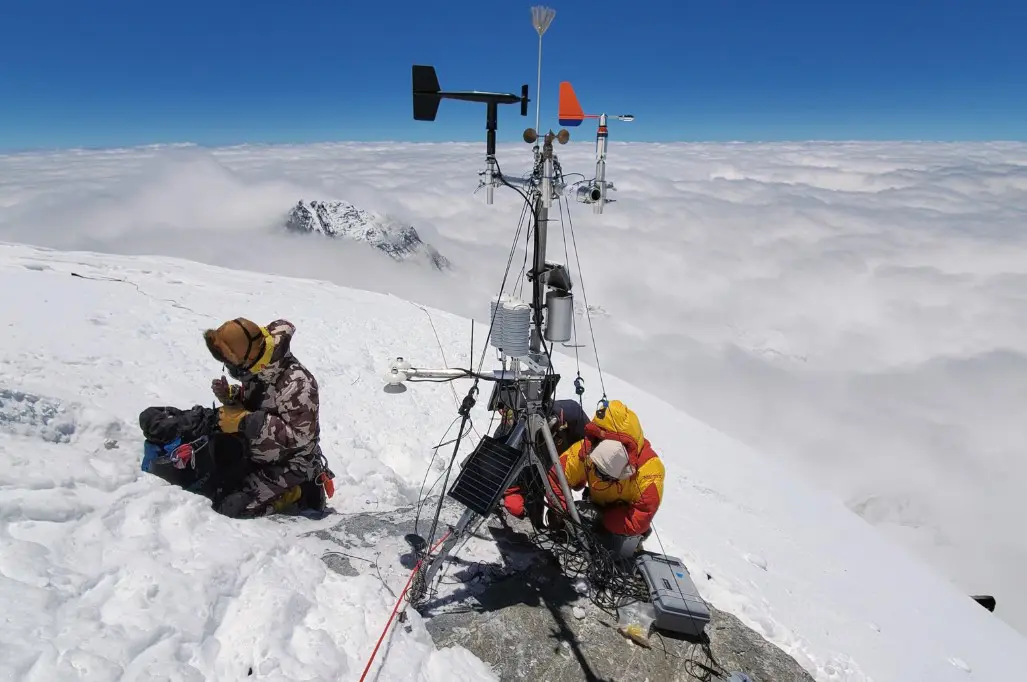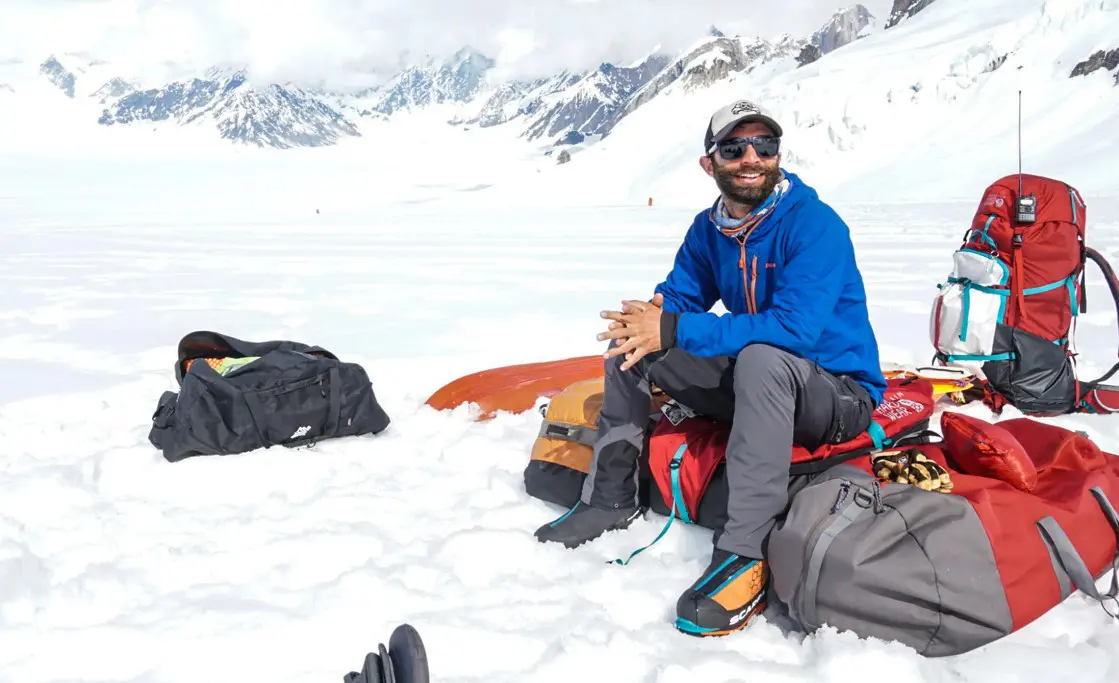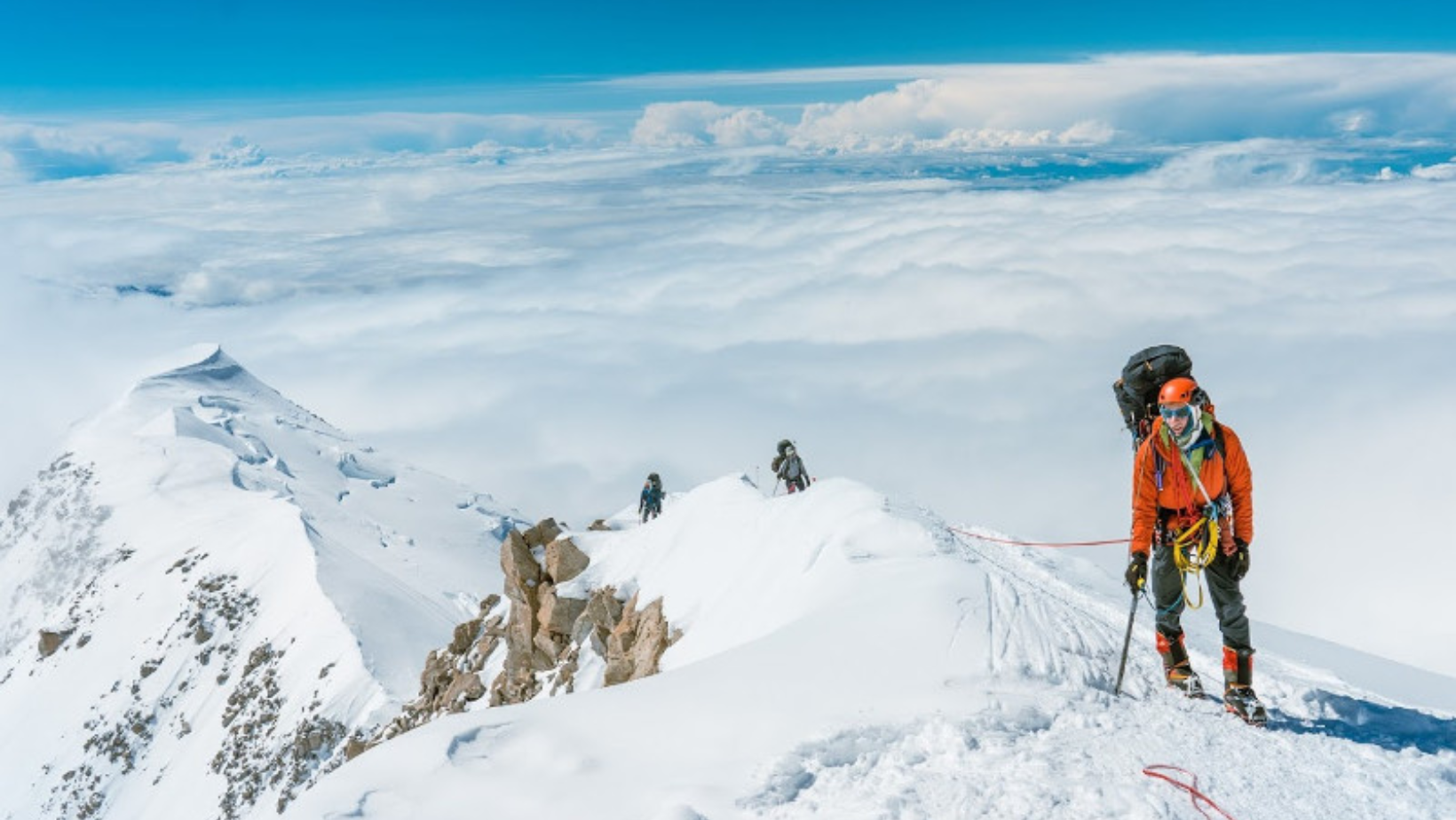
If you’ve ever thought about climbing Mount Everest, you’ve likely wondered how anyone could endure its brutal weather. Everest isn’t just a tall mountain; it’s a towering challenge with some of the harshest conditions on the planet.
It’s where temperatures plummet below freezing, winds reach hurricane speeds, and storms can strike without warning.
As someone who’s fascinated by the allure and danger of high-altitude climbing, I want to share some tips on how to prepare for the weather you’ll face on the roof of the world.
The Extremes of Everest Weather
Let’s talk about what you’ll be up against during the Everest Expedition. At over 29,000 feet, Everest’s weather is as unpredictable as it is severe.
Temperatures on the mountain can drop to -60°C (-76°F) during the winter, and even during the “warmer” climbing season, they hover well below freezing. Winds can reach up to 200 miles per hour, making it feel even colder and significantly increasing the risk of frostbite and hypothermia.
But it’s not just the cold and wind that make Everest’s weather so tough. At that altitude, the air is thin, and storms can form suddenly. Even a short weather window for summit attempts is rare, so it’s crucial to be prepared for whatever Everest throws your way.
Preparing for the Cold

Cold-weather gear can make the difference between success and serious danger. When it comes to Everest, layering is key. Here’s how I would break it down:
- Base layer ─ This is where your outfit starts. A moisture-wicking thermal layer keeps sweat off your skin, preventing it from freezing and lowering your body temperature.
- Insulating layer ─ Next, add a fleece or down jacket to trap heat. Goose down is popular due to its warmth-to-weight ratio, but synthetic materials can be more durable and perform better when wet.
- Outer shell ─ A waterproof and windproof jacket protects you from wind chills and snow. On Everest, conditions can change quickly, so a high-quality shell that keeps the elements out is essential.
Each of these layers is critical. You’ll want to be able to add or remove layers as the temperature changes throughout your climb. In the lower regions, you may only need the base and outer layers, but higher up, you’ll likely need every piece you’ve packed.
Gear You Can’t Go Without
There’s no room for shortcuts with Everest gear. Aside from clothing, a few other essentials can make all the difference:
- Mountaineering boots ─ Insulated boots with good ankle support are a must. Double-layered boots are especially effective in extreme cold.
- Oxygen systems ─ Altitude sickness is common, so carrying a reliable oxygen system is essential for summit attempts.
- Goggles and face masks ─ The snow glare and freezing winds can be brutal on exposed skin, so a good face mask and high-quality goggles are necessary to protect against frostbite and snow blindness.
Mental Preparation

Mental endurance is just as important as physical preparation. Everest’s weather demands adaptability. Many climbers end up waiting at base camp for days, sometimes weeks, for the weather to improve before making their ascent.
The wait can be grueling, and frustration might set in, but staying patient and keeping calm is vital.
Some climbers rely on meditation or breathing exercises to handle stress. Others find that mentally visualizing different weather scenarios helps them prepare for whatever happens on the mountain.
The key is to remain flexible. Weather delays are common, and the conditions at the summit might be different from what you expect.
Last-Minute Weather Checks
Weather on Everest can change fast, and those changes can mean life or death. Checking forecasts from trusted mountaineering services right up until your climb gives you a clearer picture of what to expect. Many climbers use satellite phones or radios to stay in touch with base camps that provide regular updates.
- Reliable sources ─ Himalayan weather services and climber networks are invaluable for up-to-date information.
- Forecast windows ─ Pay attention to forecast windows for summit days. These windows, typically a few days in May and September, offer climbers their best shot at success.
Summing It All Up
Climbing Everest means facing the harshest weather in the world, but with the right preparation, the challenge becomes manageable.
From carefully chosen gear to a resilient mindset, being ready for Everest’s extremes will give you the confidence to tackle whatever the mountain has in store.













